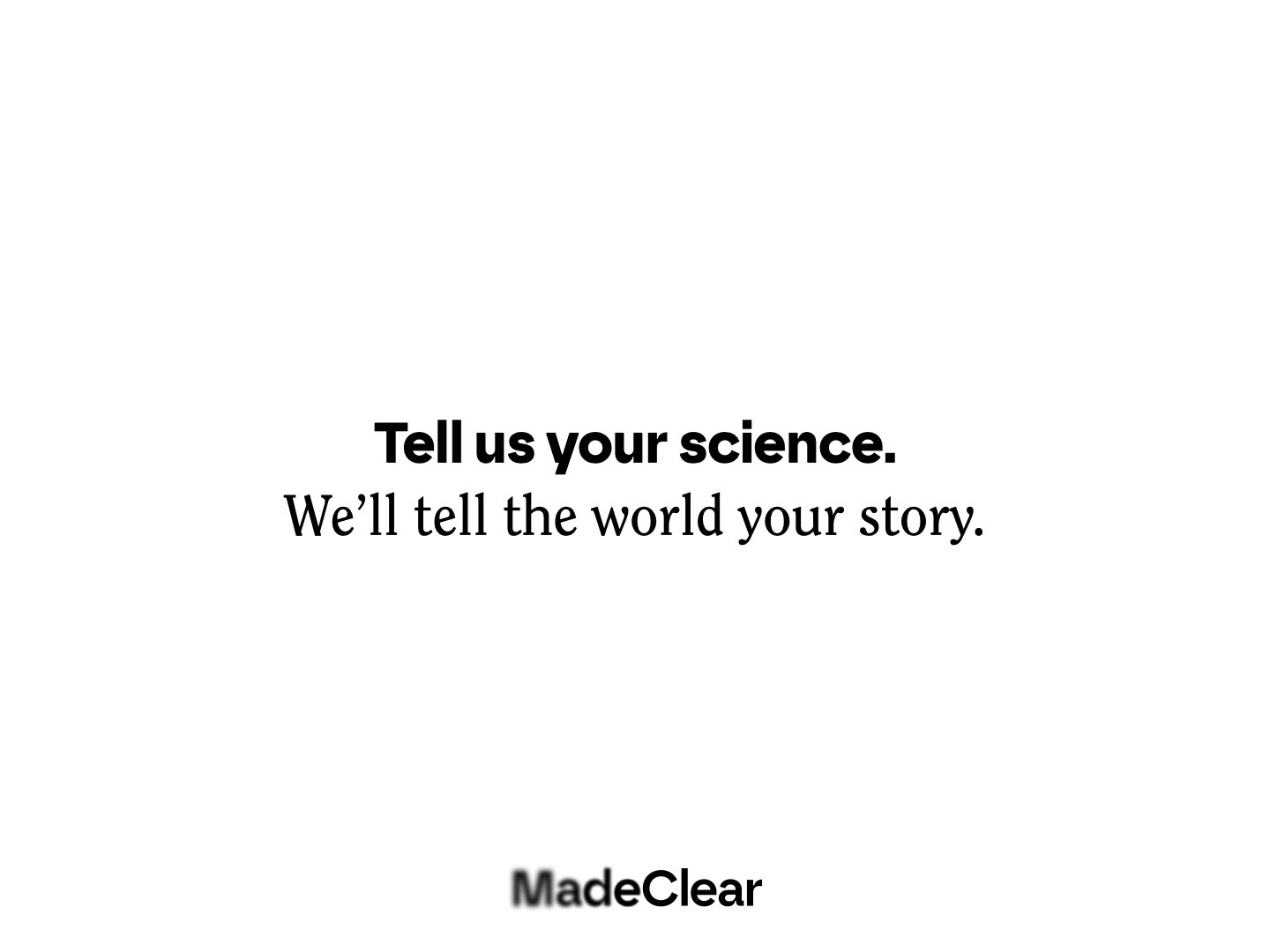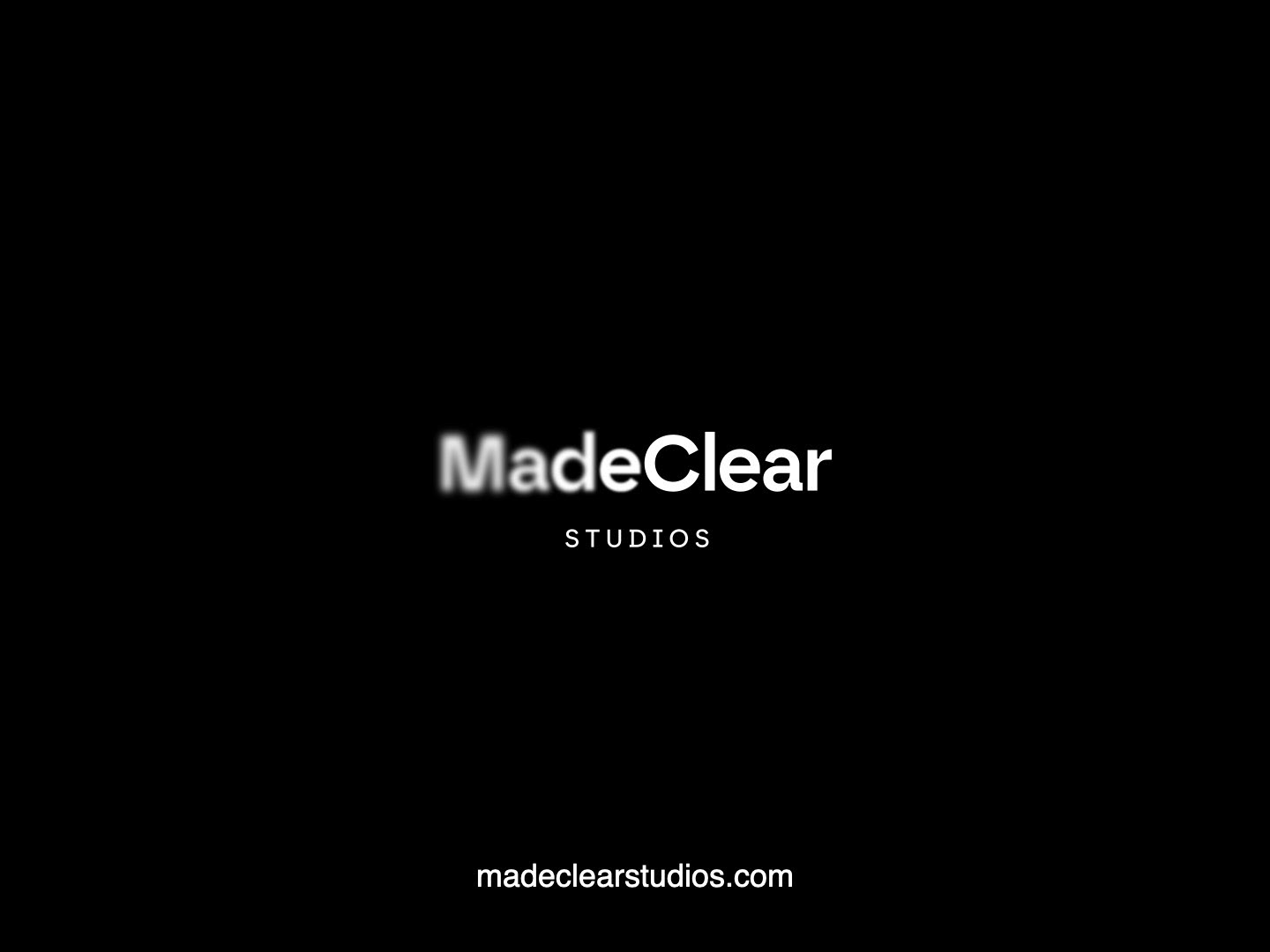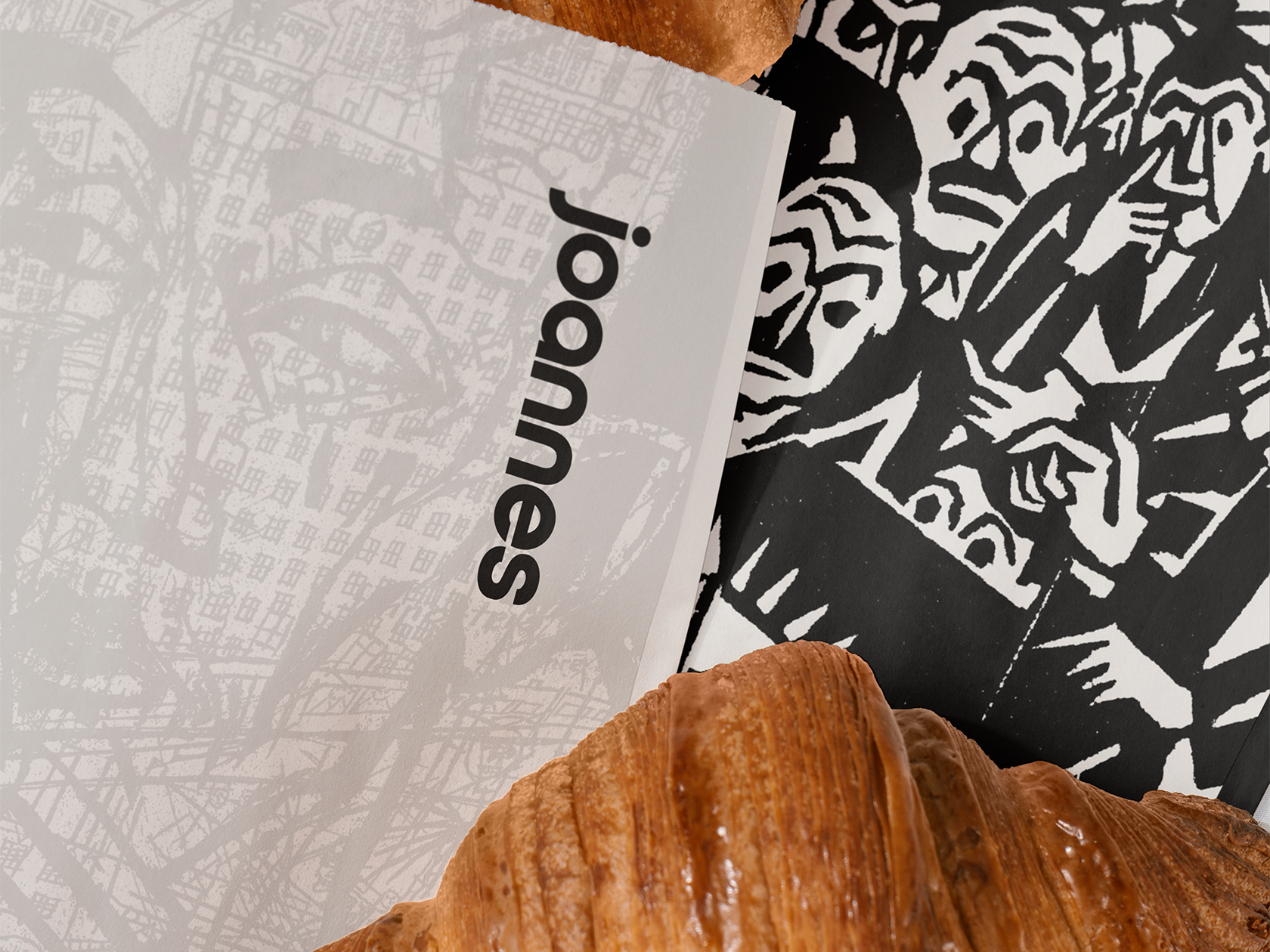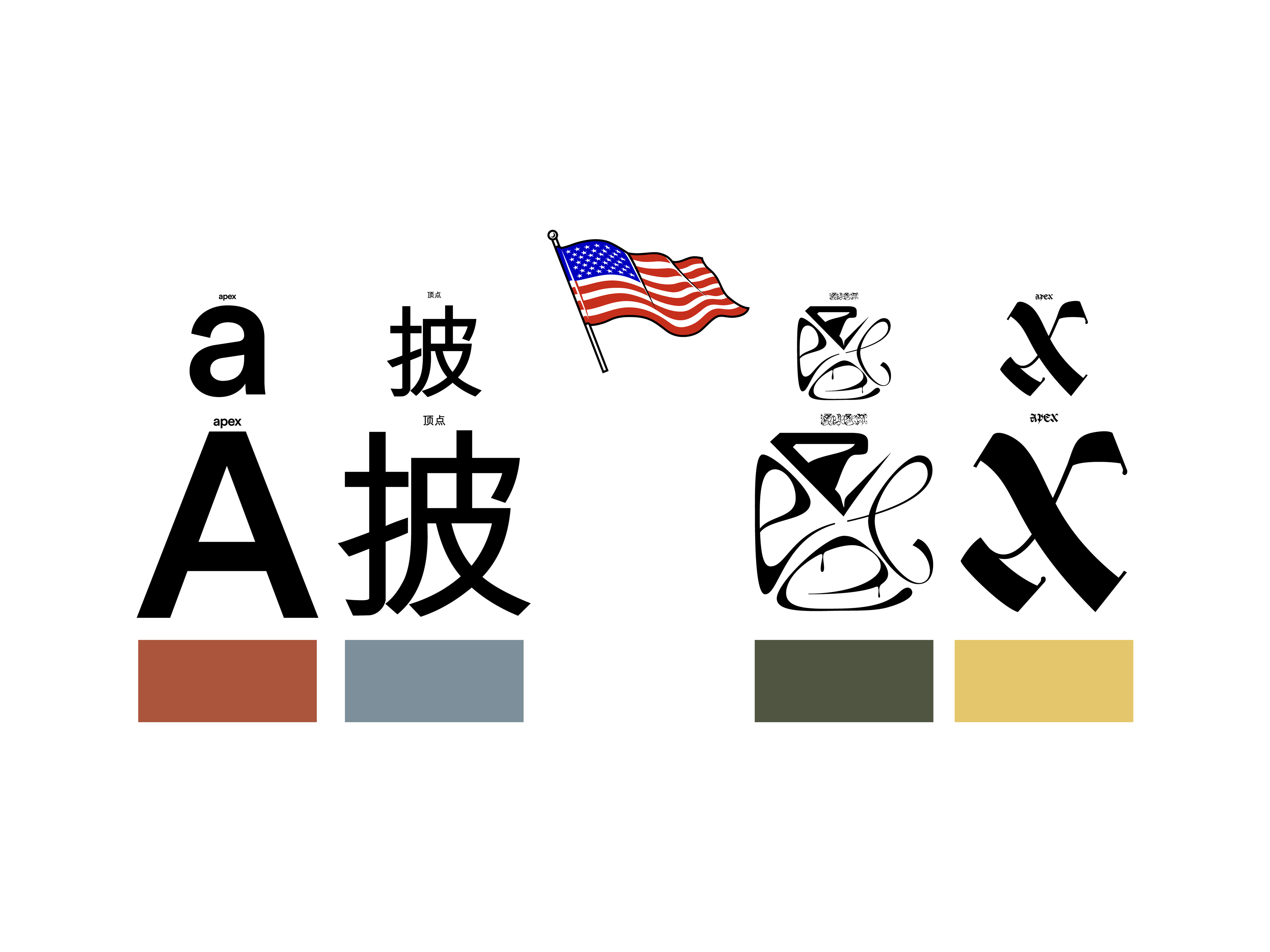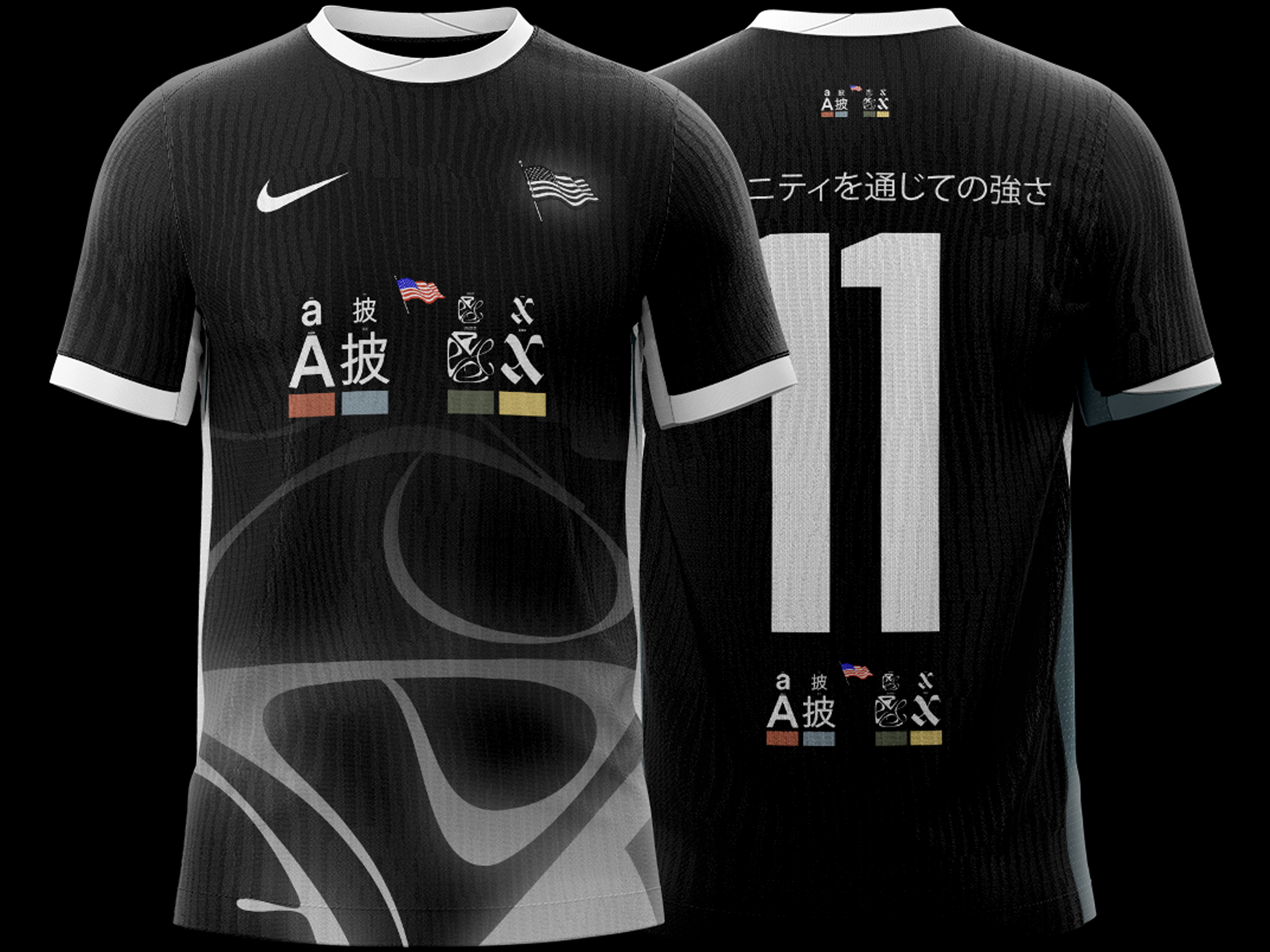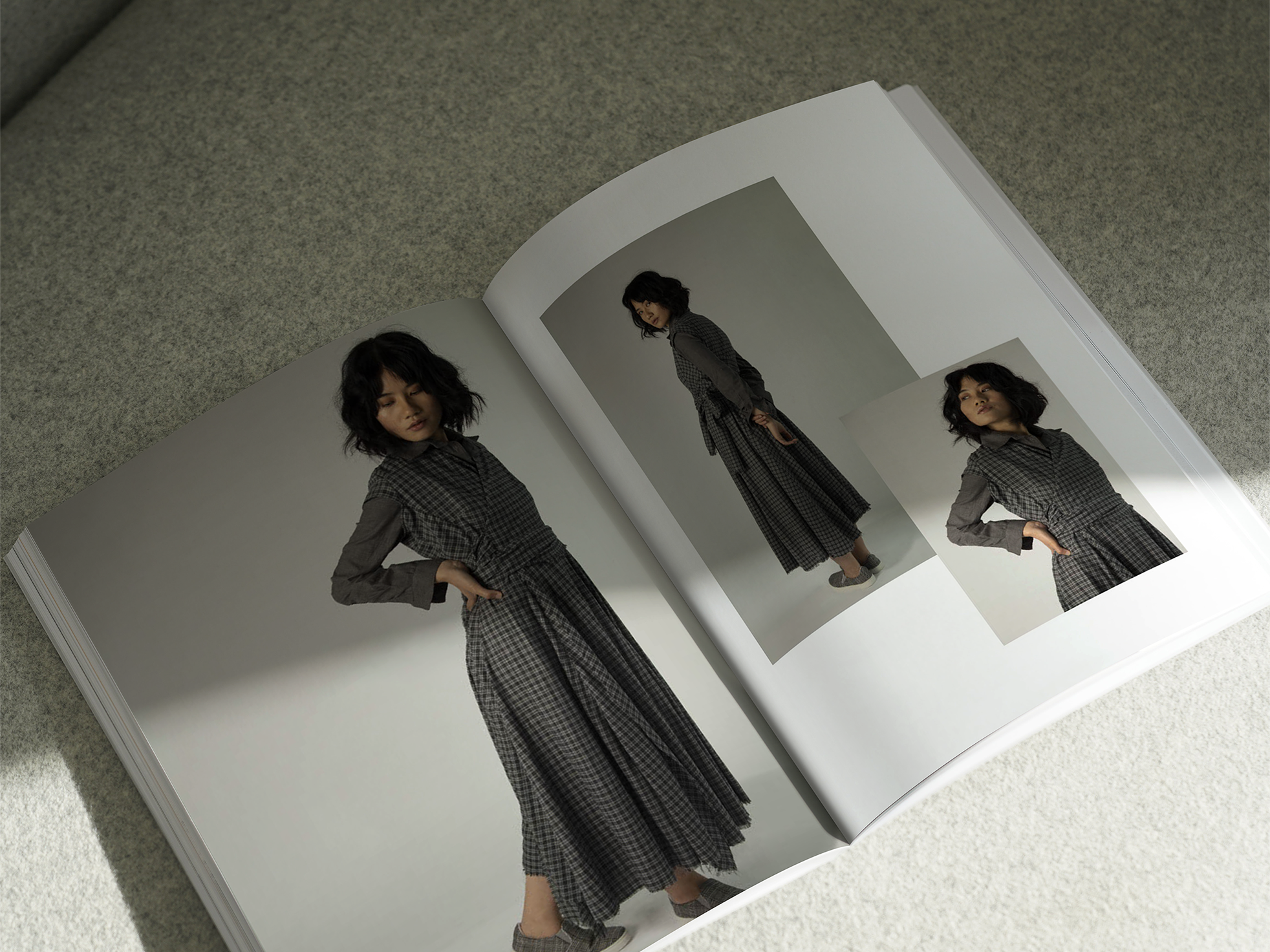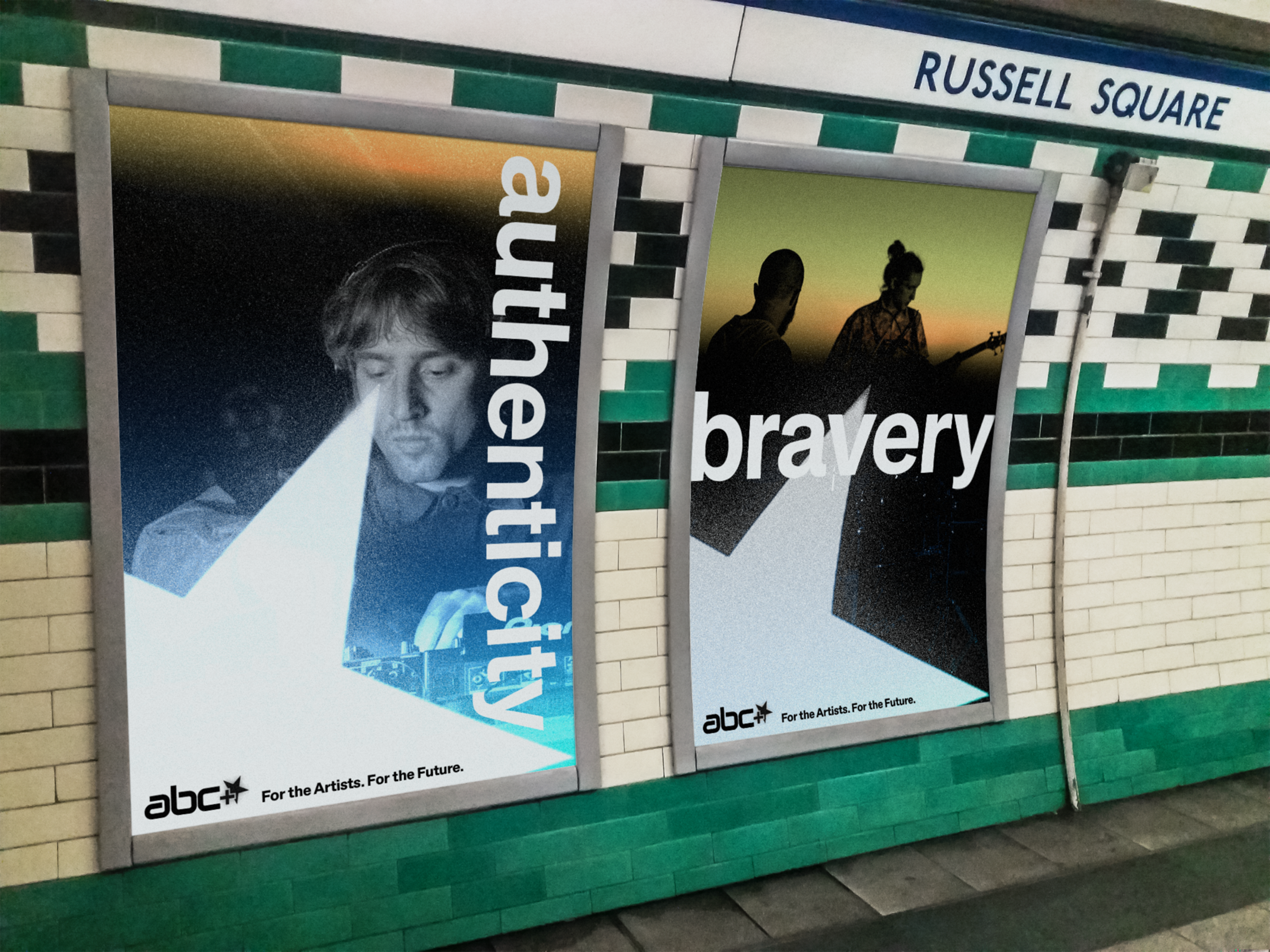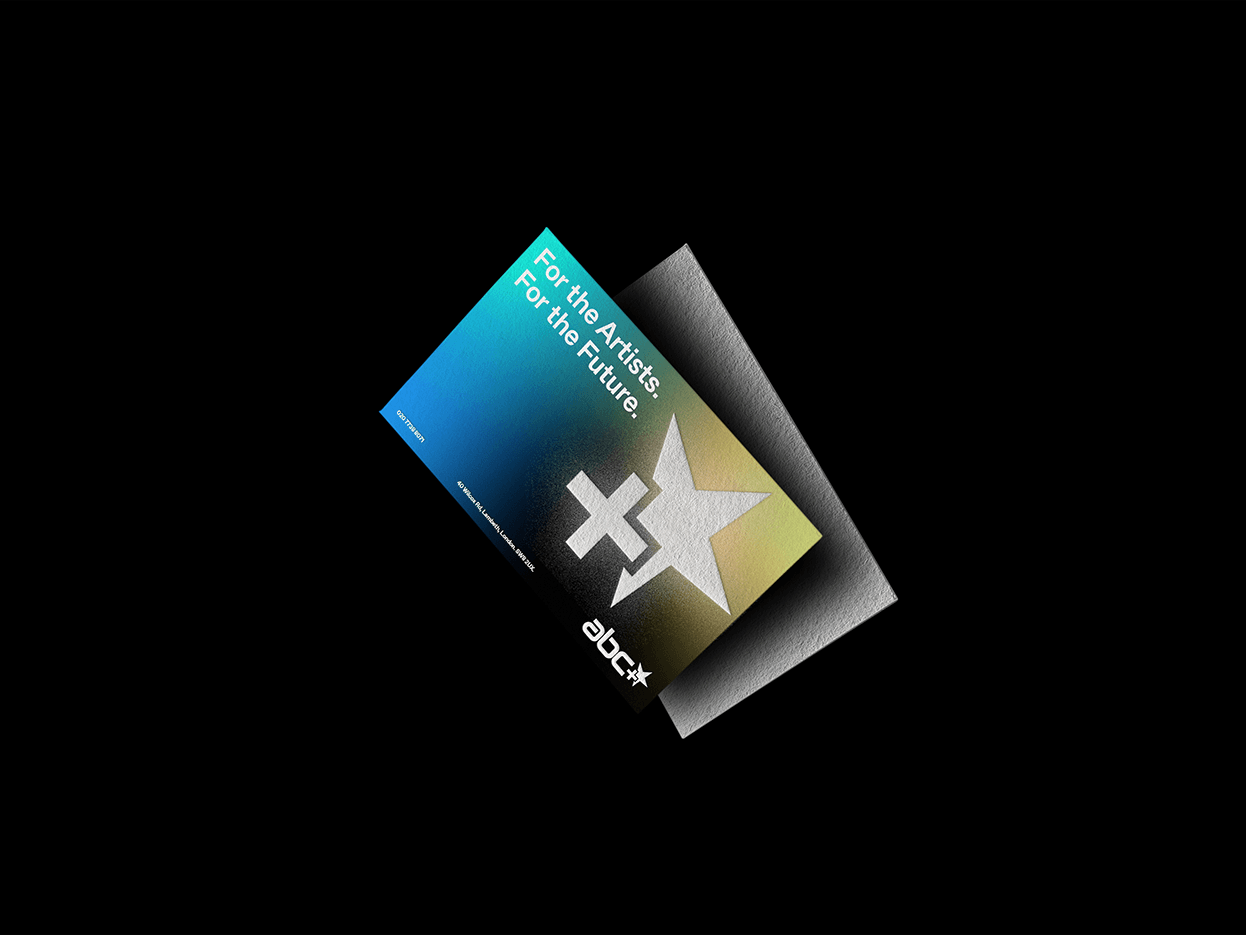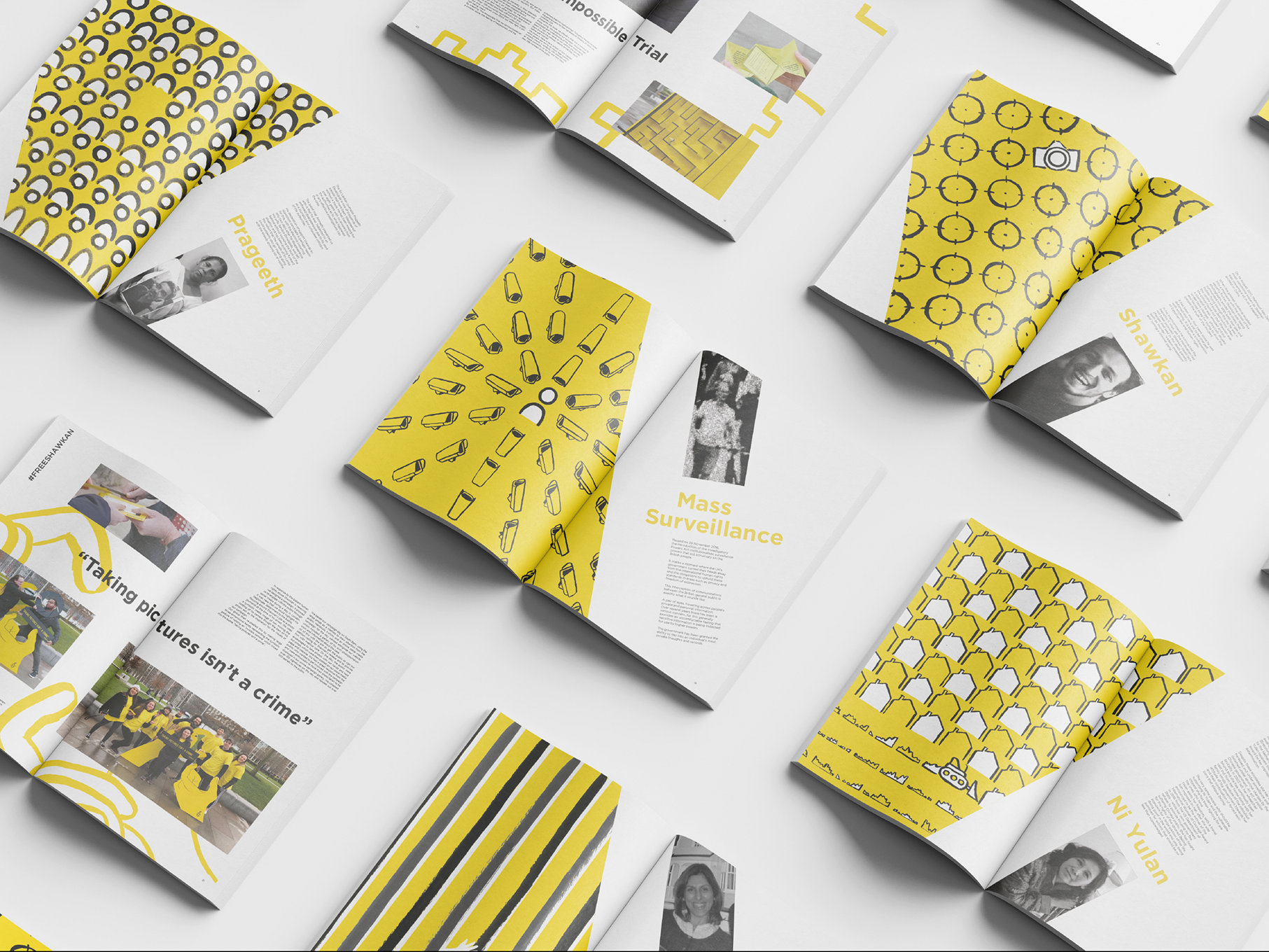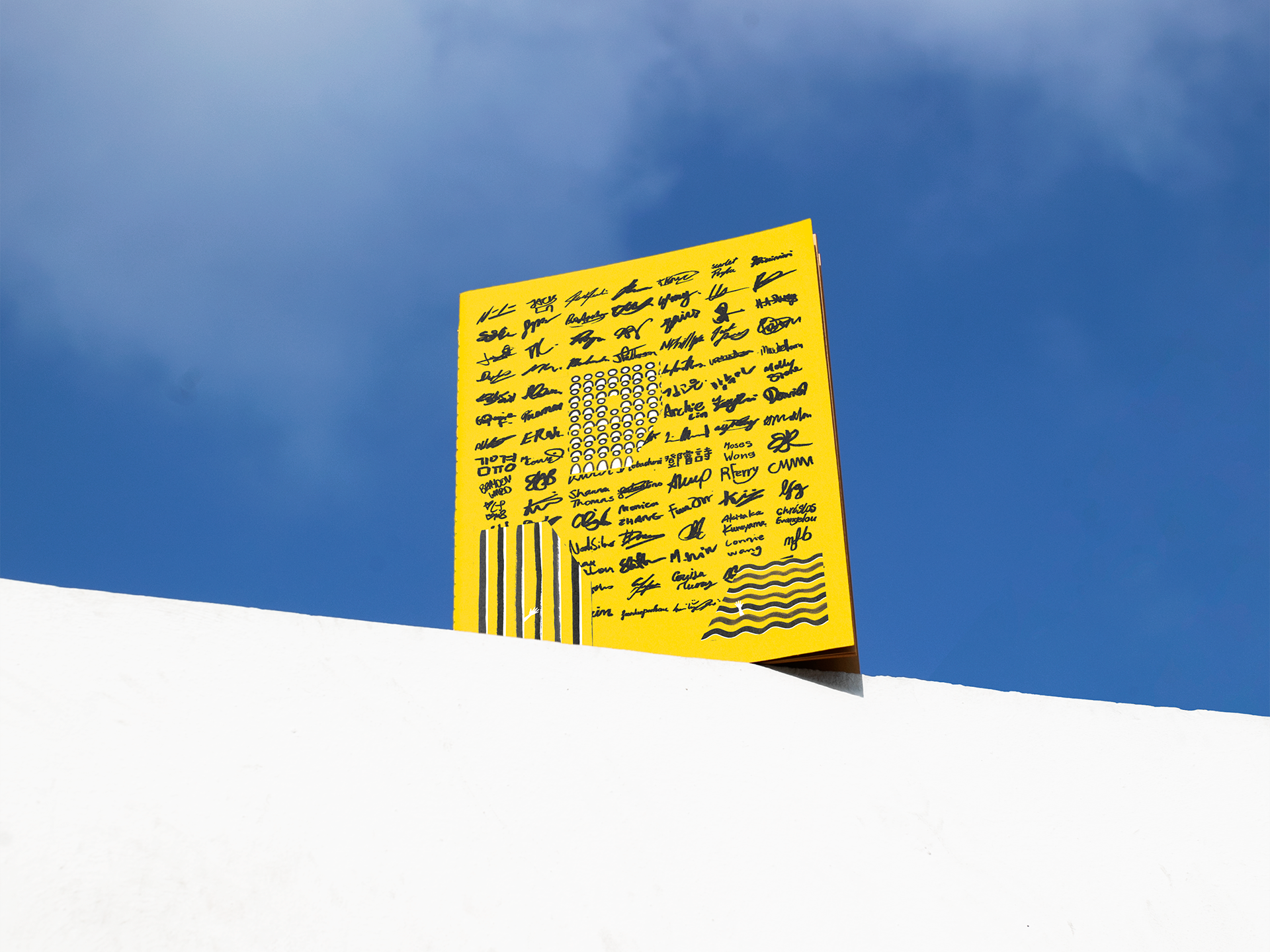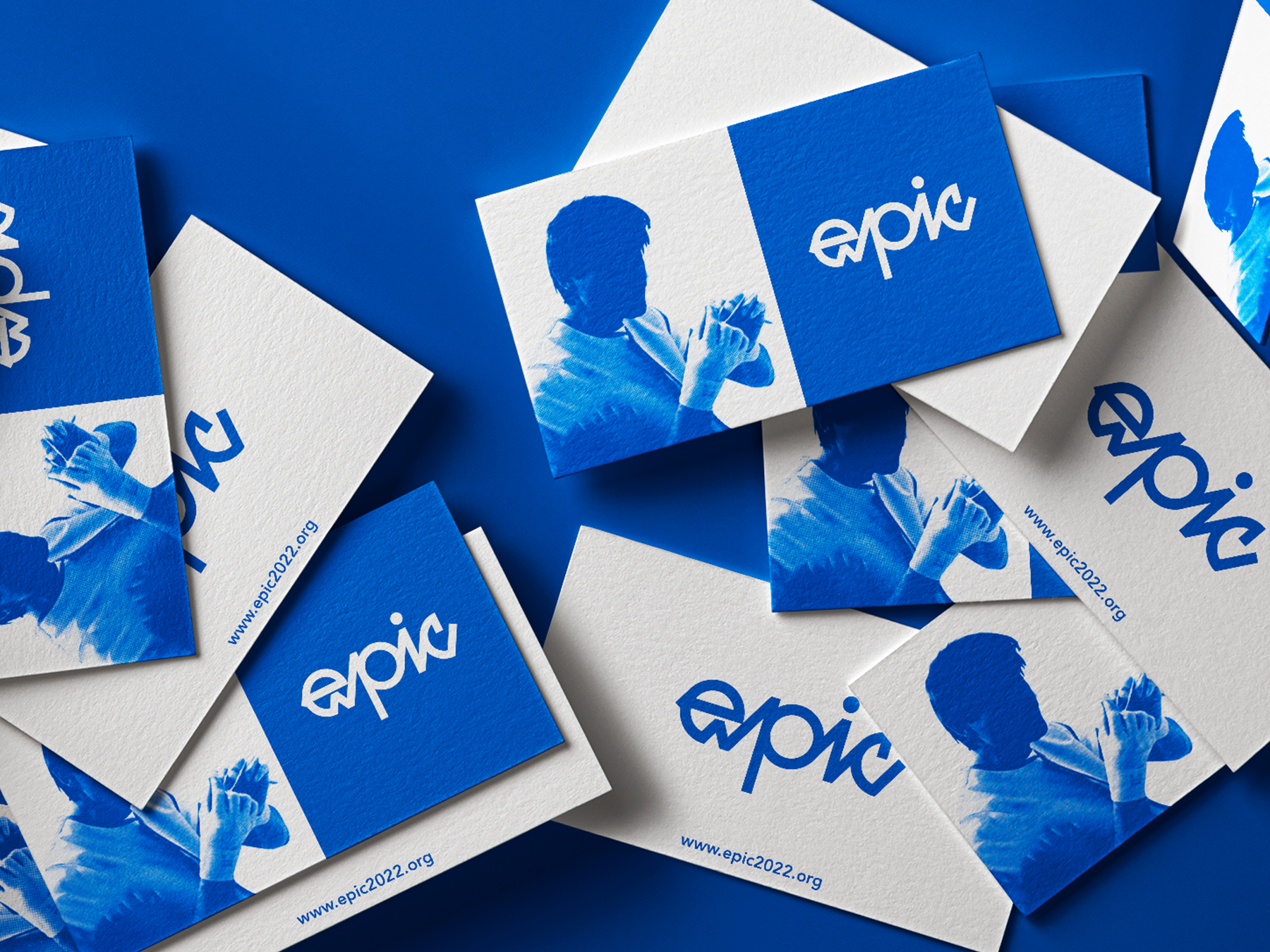Project Description: Because You’re a Woman is a documentary featuring Dr. Viv Ezzit, exploring her personal journey as a female cardiologist navigating a male-dominated field. The film follows her career chronologically, weaving together her struggles, accomplishments, and reflections on what it means to persist—because of, and despite, being a woman.
This project was a collaborative effort between Wondr Studios, Made Clear Studios, and the British Junior Cardiologists Association. I worked closely with Mike Clear (Director), George Watson (Videographer), Will Finch (Editor), and Adarsha Gaviao (Lead Designer). My role was multidisciplinary, but I was primarily responsible for the motion graphic work that carried the film’s visual voice.
Early in the process, I worked with the team to define our responsibilities and direction. Throughout production, I collaborated with Will on editorial rhythm, advised on art direction, and led the motion design—focusing on dynamic, typographic visuals that elevated the film’s emotional tone. These elements weren’t just decorative—they were narrative tools. Each graphic decision added weight, clarity, and structure to Dr. Ezzit’s story.
During the concept phase, I proposed an approach inspired by the editorial clarity of Vox and the visual journalism of Johnny Harris. These references helped shape a style that combined informative graphics with emotional storytelling. The goal wasn’t flash—it was balance. Motion needed to support the pacing of Dr. Ezzit’s voice, not overpower it.
We split the motion design into two key sections.
The first half used typography and subtle motion to emphasize emotional beats—matching the rhythm of the story as it unfolded. This approach helped center Dr. Ezzit’s voice and gave space to her reflections without interruption.
The second half introduced a more structured use of iconographic data. This section supported key information with clarity and precision. It offered visual contrast to the more narrative-driven first act and helped underscore the broader context of gender inequality in medicine.
By the final delivery, we had crafted a visual language that was both functional and human. Motion served meaning—and that, in the end, made the message land with more power.
Design Influences: Vox Media’s motion style, visual journalism by Johnny Harris, editorial and typographic animation for documentaries.
Deliverables: Motion graphic design across two structured narrative sections, typographic animation, iconographic data visuals, storyboard development, and art direction support.
